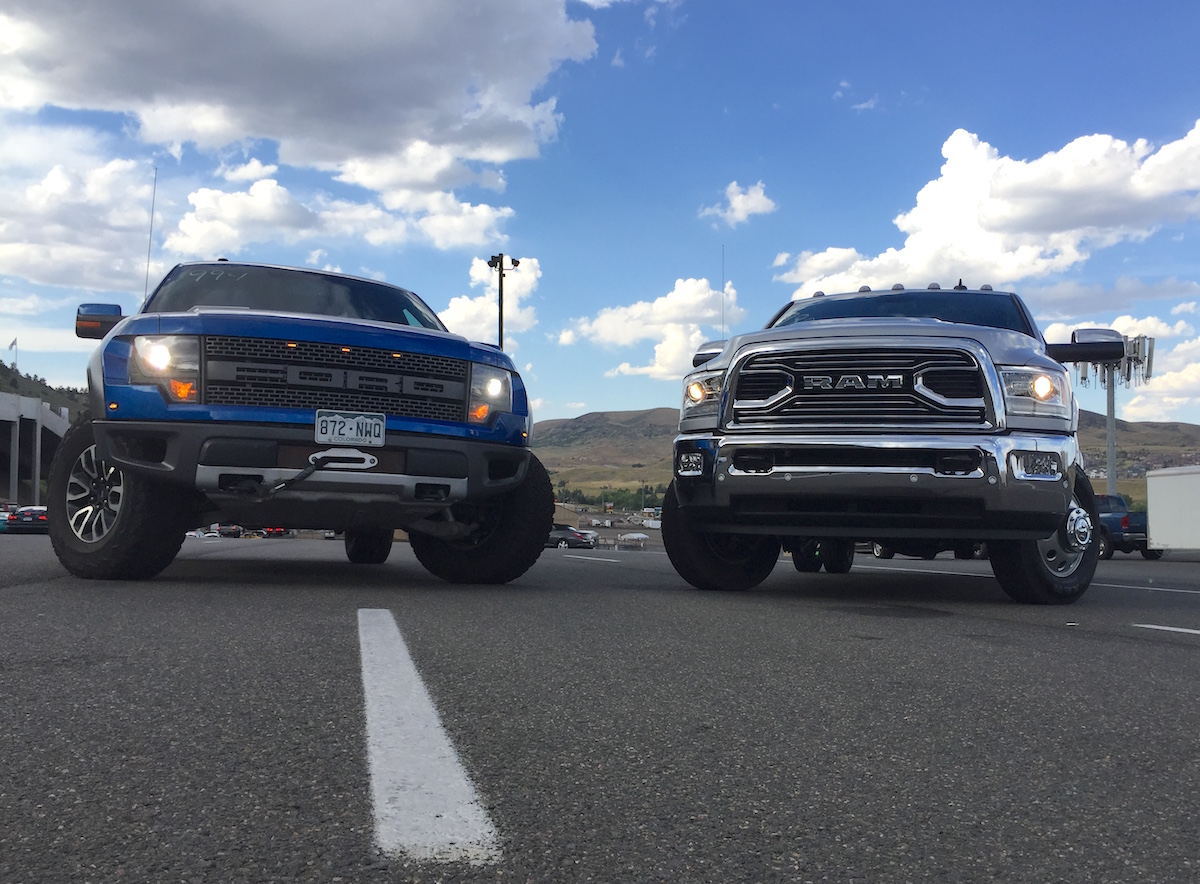
If you were to approach some patrons at your local Starbucks and ask them name a full-size SUV, the term “Suburban” would be one of the most frequently given responses. The vehicle has long been a staple at Saturday morning scrimmages and trips to the mega-mall. By 1986 the Suburban was already in its seventh generation and had taken the familiar shape that many people would recognize today. 4WD versions came with a 5.7L gasoline V8 engine and a 4-speed automatic. 2WD models came with a base 5.0L V8. A 6.2L diesel engine was also available. The base price was about $27k in today’s dollars… less than what you can currently spend on a fully-loaded compact car.
Fast forward to 2016. The Suburban has a wheelbase that’s just half an inch longer than the ’86 model, highway fuel efficiency is up nearly 50%, and horsepower has more than doubled from a smaller displacement engine. The family hauler now has two additional gears and infinitely more safety and convenience features. On the flip side, standard seating capacity has decreased from nine to eight (nine is still available, though). Payload has also decreased, due in part to the curb weight growing more than 1,200 pounds. Sadly, the price of entry has nearly doubled over the last 30 years… even when adjusted for inflation.
Roman had an opportunity for a first drive review of the current generation Chevy Tahoe and Chevy Suburban.
Check out the infographic below to compare today’s Suburban to one from 30 years ago.

So what’s in store for the next 30 years of Suburban? Make your predictions below… or watch one of TFL’s early Ike Gauntlet videos featuring a Suburban look-a-like, the Yukon XL, below.
















![Which is More Reliable: 3.5L EcoBoost or 5.0L V8? [Reader Question] Second-generation 3.5-liter EcoBoost engine](https://tfltruck.com/wp-content/uploads/2016/05/Second-generation-35-liter-EcoBoost-engine.jpg)
![Which Silverado Engine to Get: 5.3L or 6.2L V8? [Ask TFLTruck] 2016 chevy silverado](https://tfltruck.com/wp-content/uploads/2015/10/2016-chevy-silverado-grille.jpg)
